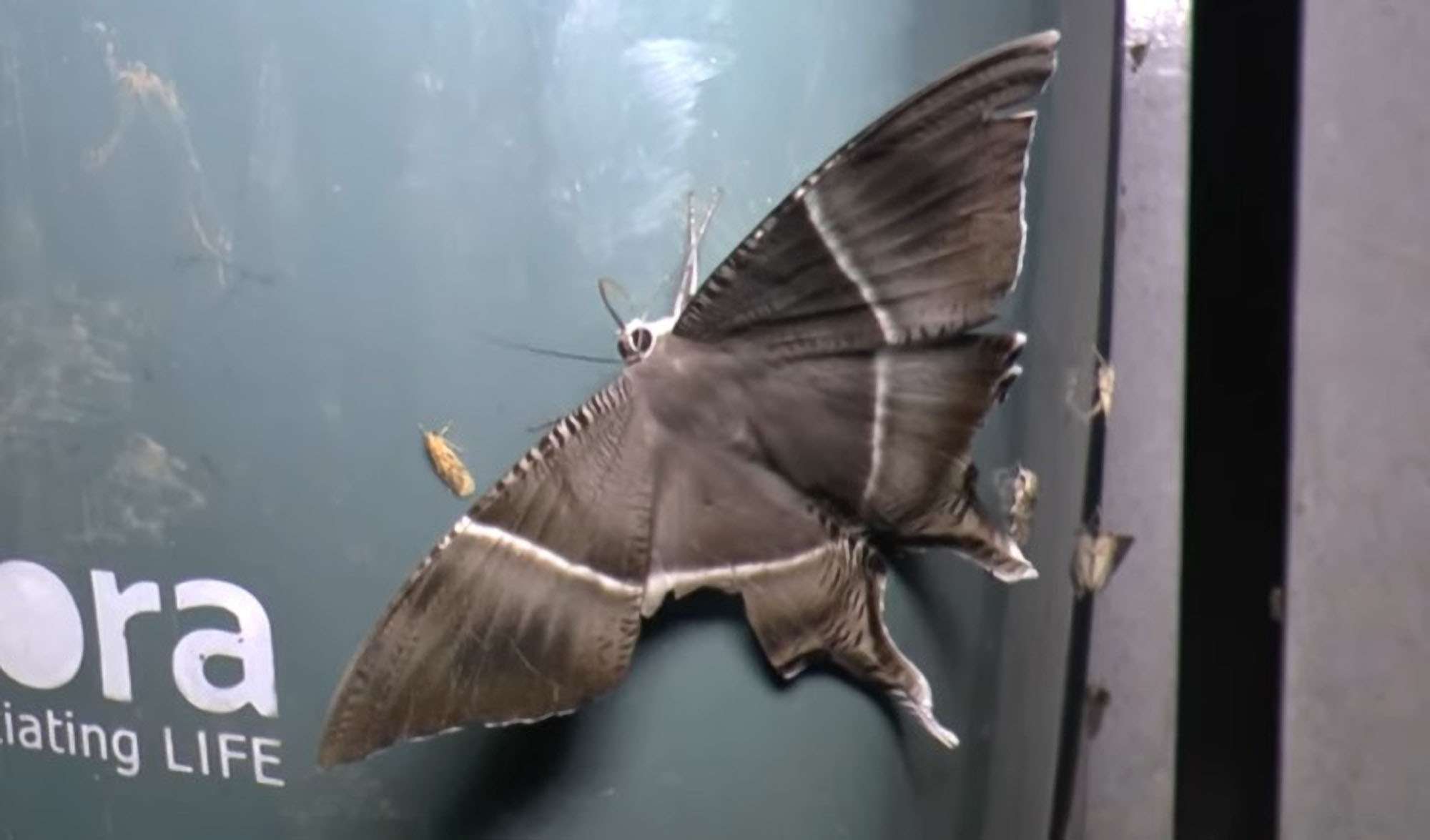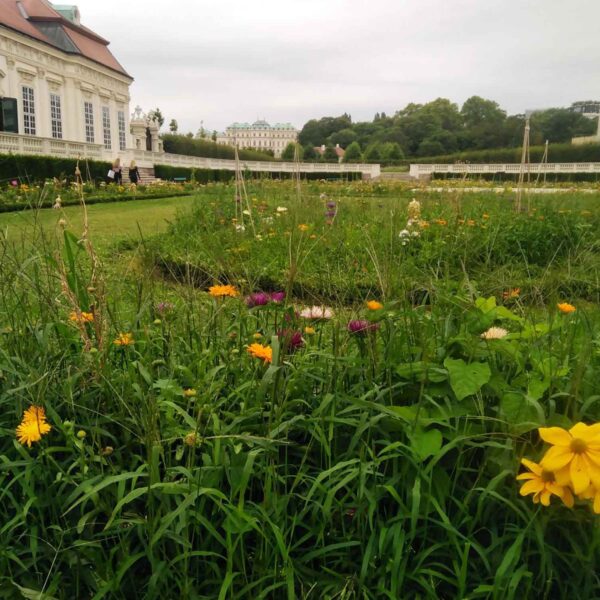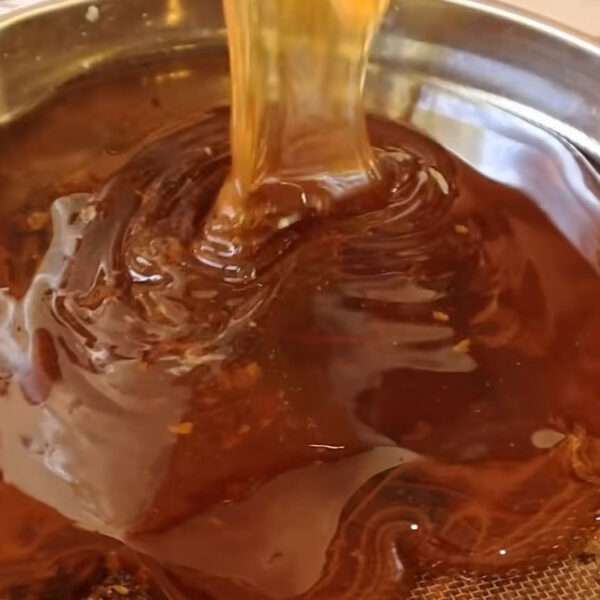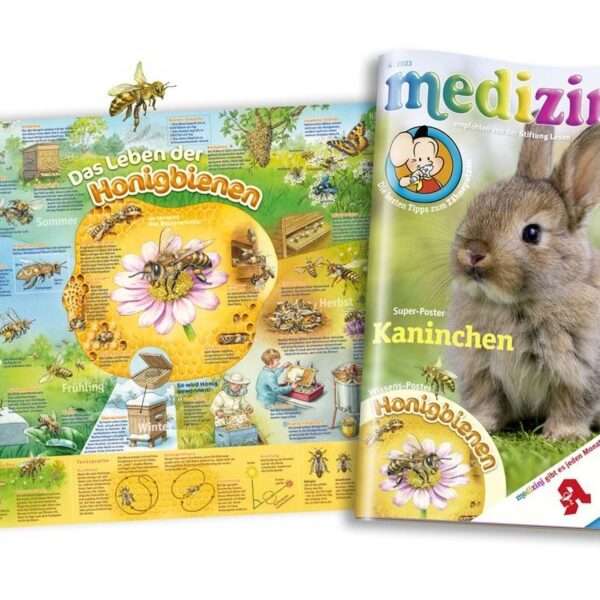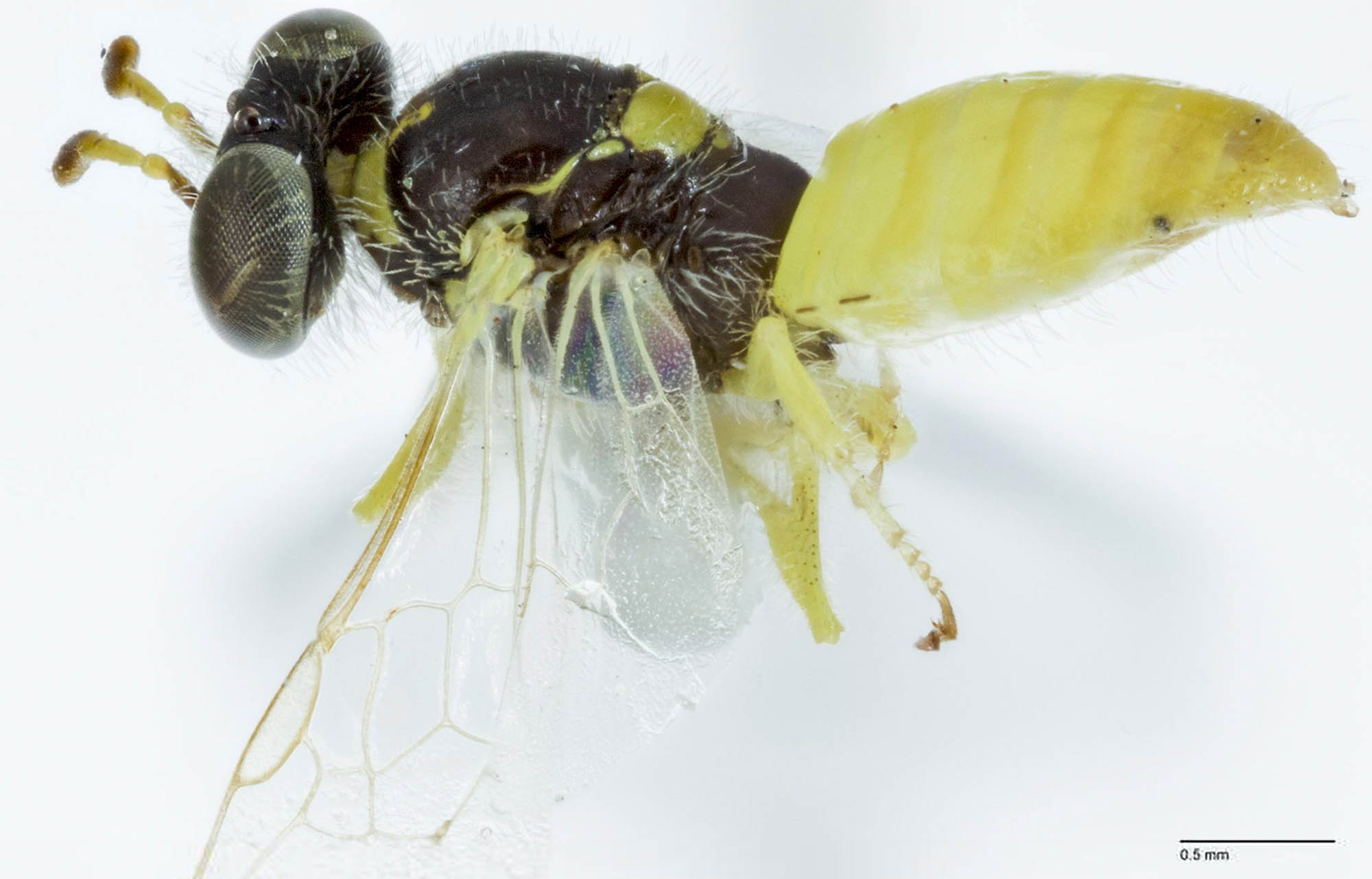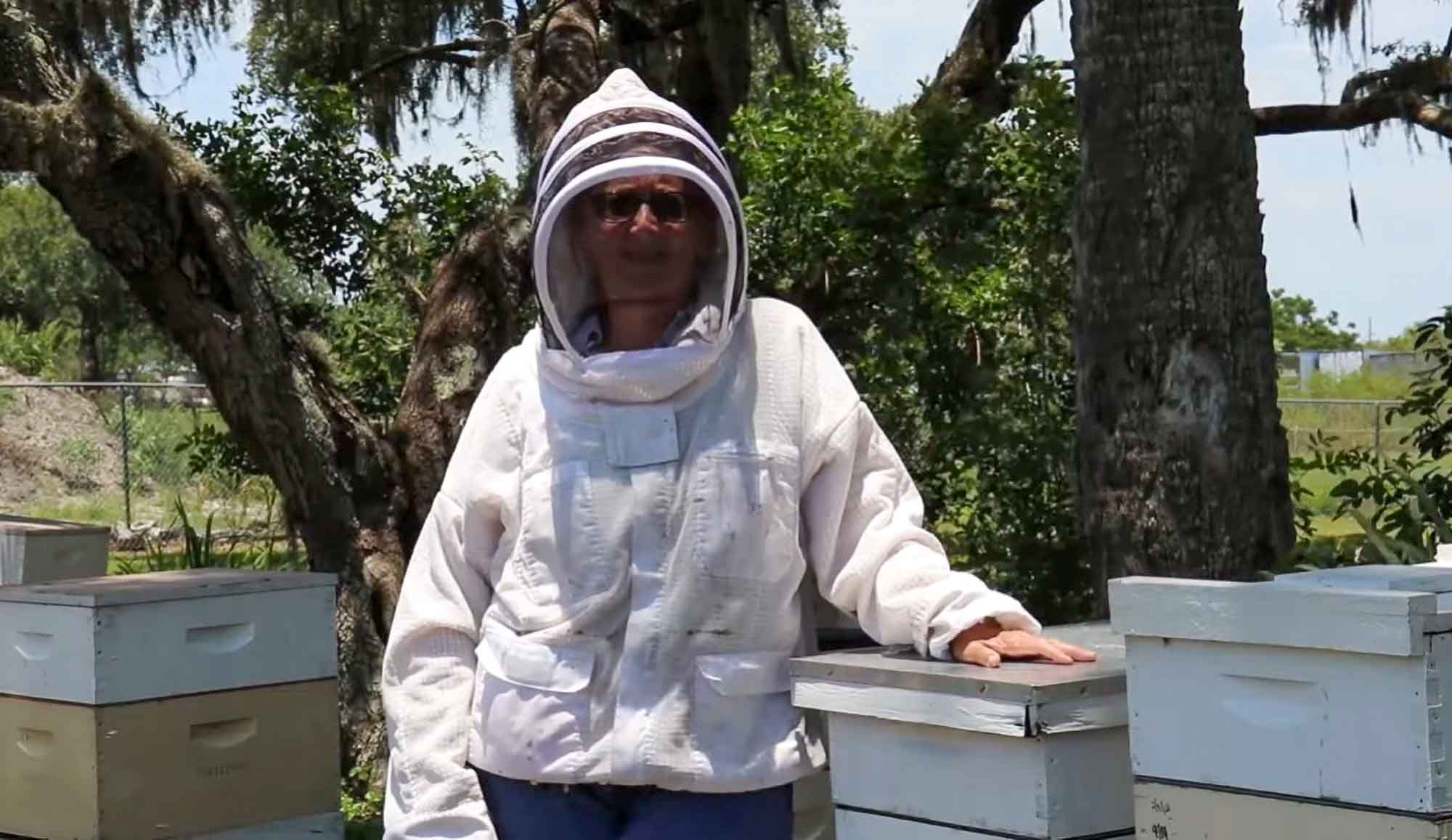Wildlife ecology experts have said more bramble shrubs should be planted as a new study underlines the importance of moths when it comes to pollination.
Researchers at the University of Sussex in Falmer, East Sussex, examined the activity of moths at 10 sites in southeastern England in July 2021 to compare their efforts with daytime pollinators.
Their study showed that 83 per cent of insect visits to bramble flowers were made during the day. However, moths made fewer visits during the short summer nights but managed to pollinate the flowers more quickly.
Overall, the nocturnal insects accounted for just 15 per cent of all visits to the bramble shrubs which were observed by six cameras.
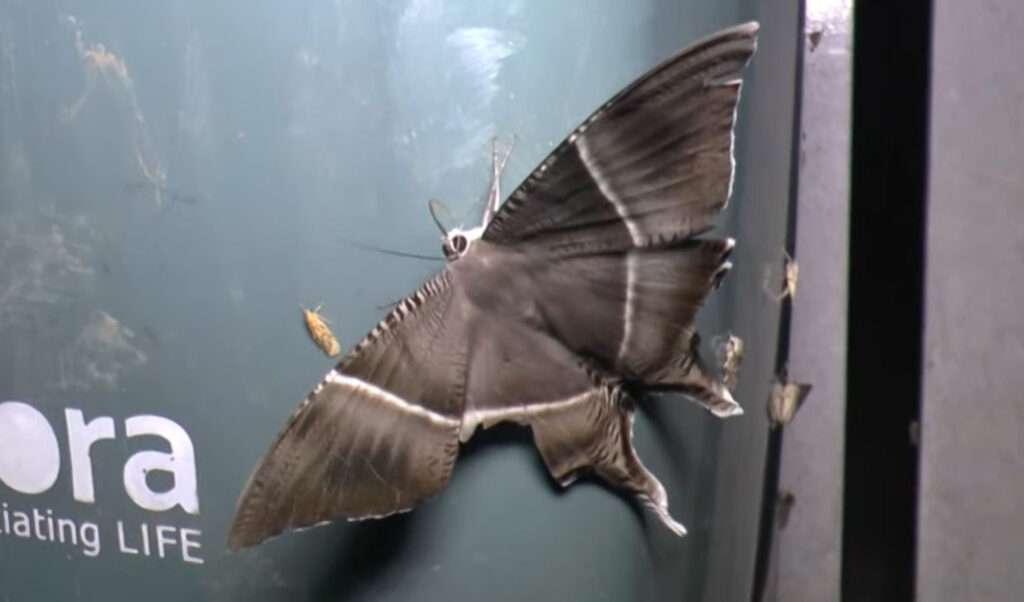
Conservation biology expert Dr Max Anderson criticised that moths were “greatly underappreciated and understudied” despite their vital role.
Dr Anderson explained: “The majority of pollination research tends to focus on day-flying insects, with little understanding of what happens at night.”
There are around 160,000 different moth species in the world, according to Smithsonian, a renowned American research centre.
Environmental biology professor Dr Fiona Matthews said: “Bees are undoubtedly important, but our work has shown that moths pollinate flowers faster than day-flying insects.”
She emphasised that many moths were “in serious decline” in England.
Dr Matthews explained that this development would not just have an impact on pollination but also the supply of food for numerous other species like birds and bats.
The scientist added: “Now we know that moths are also important pollinators, we need to take action to support them by encouraging some bramble and other flowering scrub plants to grow in our parks, gardens, road verges and hedgerows.”
According to Dr Matthews, “simple steps” such as allowing patches of bramble to flower “can provide important food sources for moths.”
Dr Matthews also pointed out that residents “will be rewarded with a crop of blackberries.”

